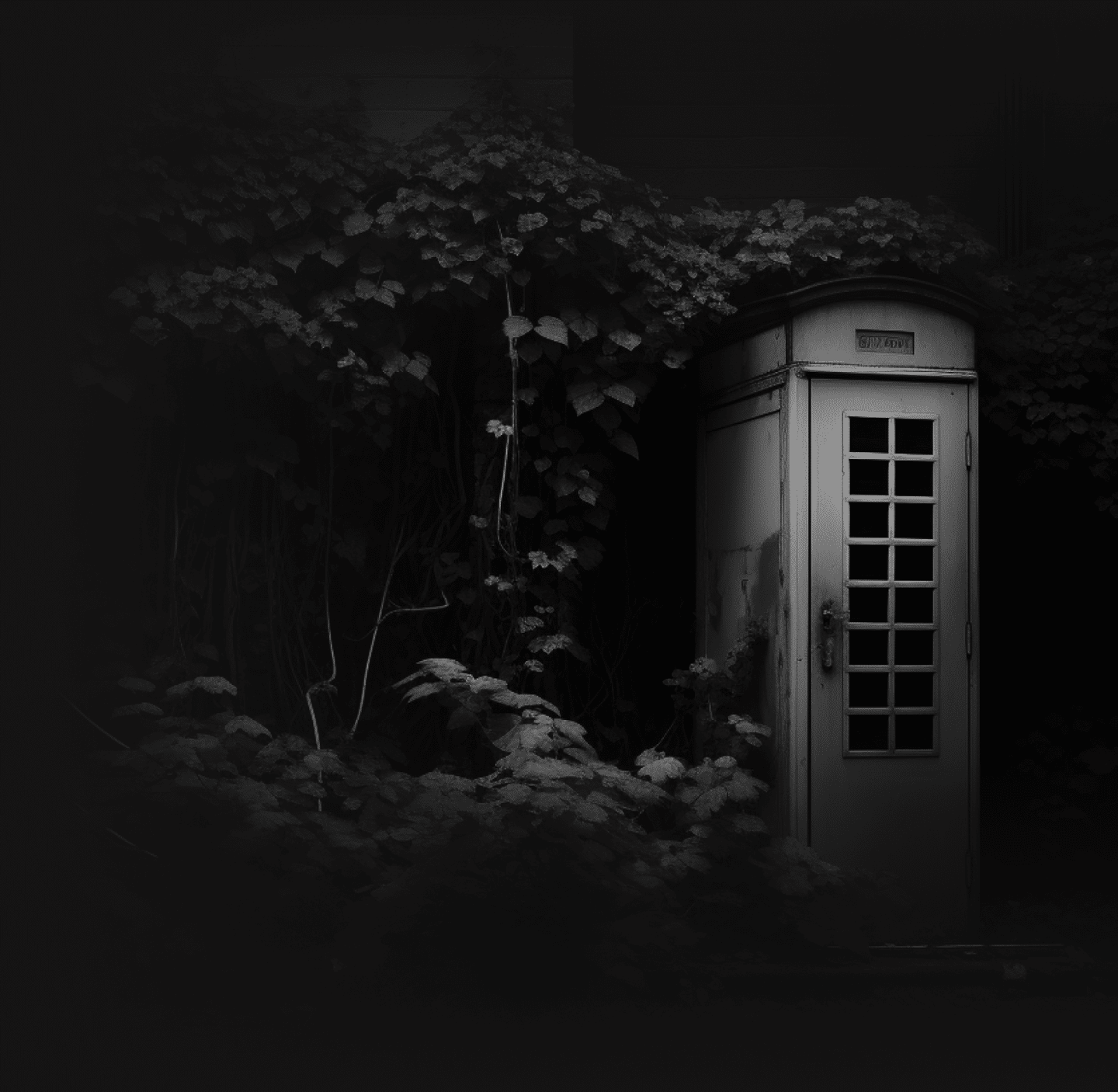
Strategy Overview: Excavation to landfill
JKSL surveyed the site on behalf of Skanska Construction UK Ltd, August 2016.
The site boundary is currently an army training barracks approximately 120ha in size, consisting of:
hard-standing areas mainly comprising of building structures, car parking areas and tarmacadam roads (there are some woodland vehicular tracks present within the southern area of the site);
mixed woodland areas, with dense vegetation (includes laurel and bracken); and
open grassland.
The site will be developed with both residential and commercial land use.

What we did
Twenty four stands of Japanese knotweed were identified and measured across the site. All areas of infestation were either recorded within woodland areas, or on the periphery of woodland areas. The total area of surface growth within the site boundary amounted to circa 2250m2; this figure does not include the 7m area recommended by the Environment Agency as appropriate to ensure roots and rhizome areas are taken into consideration.
Within areas of the site where the proposed development directly affected Japanese knotweed stands, a mechanical remediation strategy was implemented. This was applicable for eleven stands. The most viable and favourable mechanical remediation strategy option was to excavate and dispose at a licenced landfill facility the material containing Japanese knotweed.
Areas of Japanese knotweed which were to remain within suitable proposed landscaped areas and/or Suitable Alternative Natural Greenspace (SANG) are currently being chemically treated in-situ.
To ensure that a clean site policy was maintained and to eliminate the risk of cross contamination, JKSL were also appointed to undertake the vegetation clearance works within designated ‘JK risk’ areas.
To facilitate some of the excavation works, temporary haul routes were required within wooded areas to allow the movement of dumpers between the area of excavation and loading area (for the loading of tipper wagons which would then transport the excavated material containing Japanese knotweed to the licenced landfill facility). Along specified sections of the haul routes, tree root protection mitigation measures (includes the installation of Geocells) were required by the tree officer to facilitate the movement of dumpers.
Excavation extents were also restricted by root protection areas; within these areas, root barriers were then installed to prevent Japanese knotweed migrating back into the remediated areas.
Some excavation areas were affected by underground services, and also contaminated with asbestos. JKSL worked alongside an asbestos specialist to remediate these asbestos contaminated areas which were also affected by Japanese knotweed.
Once remediated, each area of excavation was backfilled with the provision of appropriate backfill material which conformed to Highway Specification Series 600. The backfilling process of specified areas was also undertaken in accordance to Highway Specification Series 600.
JKSL received a ‘green card award’ from the client, for the implementation of high standard of Health and Safety / working practices throughout the duration of the excavation works.




